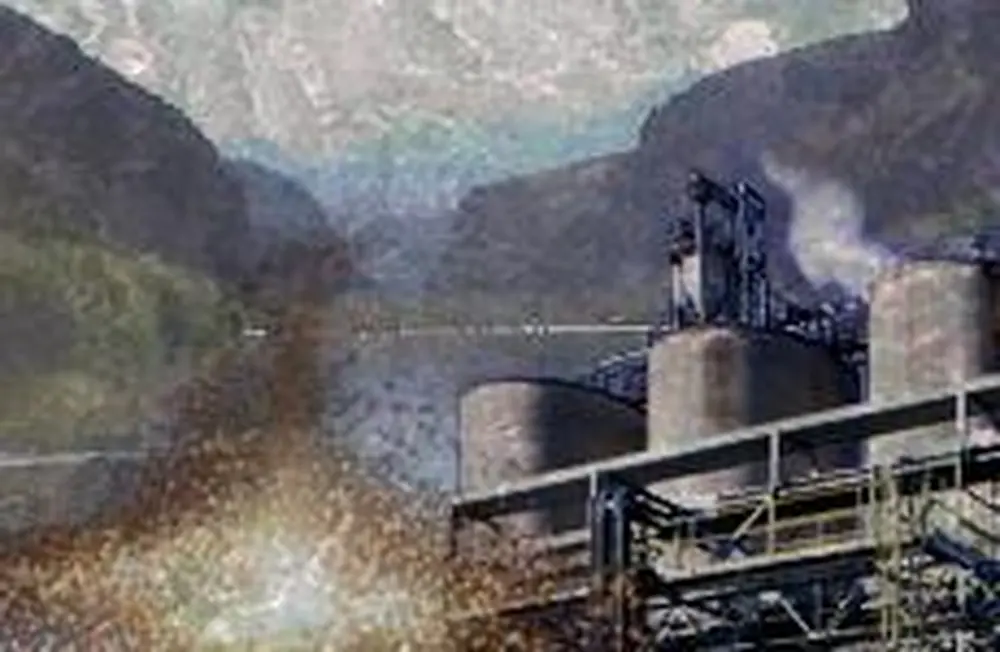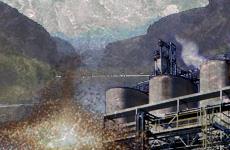

When a plume of contaminated groundwater from a manufacturing plant near Las Vegas seeped into the Colorado River, the contaminant "perchlorate" spread throughout the Southwest. The cleanup could take decades.
To aid with such catastrophic cleanups, LAS researchers from the University of Illinois have developed a new chemical catalyst that can help remove and destroy perchlorate in contaminated water.
Perchlorate, found in solid-rocket fuel, roadside flares, and fireworks, can disrupt thyroid function in humans, putting infants and the unborn particularly at risk. What's more, it is highly soluble in water, so it can be transported vast distances in groundwater and rivers.
A new catalyst, co-developed by John Shapley, a U of I chemistry professor, and graduate student Keith Hurley, is composed of two metals-palladium and rhenium.
"The rhenium removes an oxygen atom from the perchlorate molecule in what is called an atom transfer reaction," explains Hurley. "Meanwhile, the palladium activates gaseous hydrogen atoms so they will react with the freed oxygen. What's left is harmless chloride and water."
"Current chemical technologies, such as ion exchange systems, can concentrate and remove perchlorate from water, but they cannot destroy it," adds Shapley. "Our catalyst would take a concentrated stream of perchlorate and get rid of it altogether."


